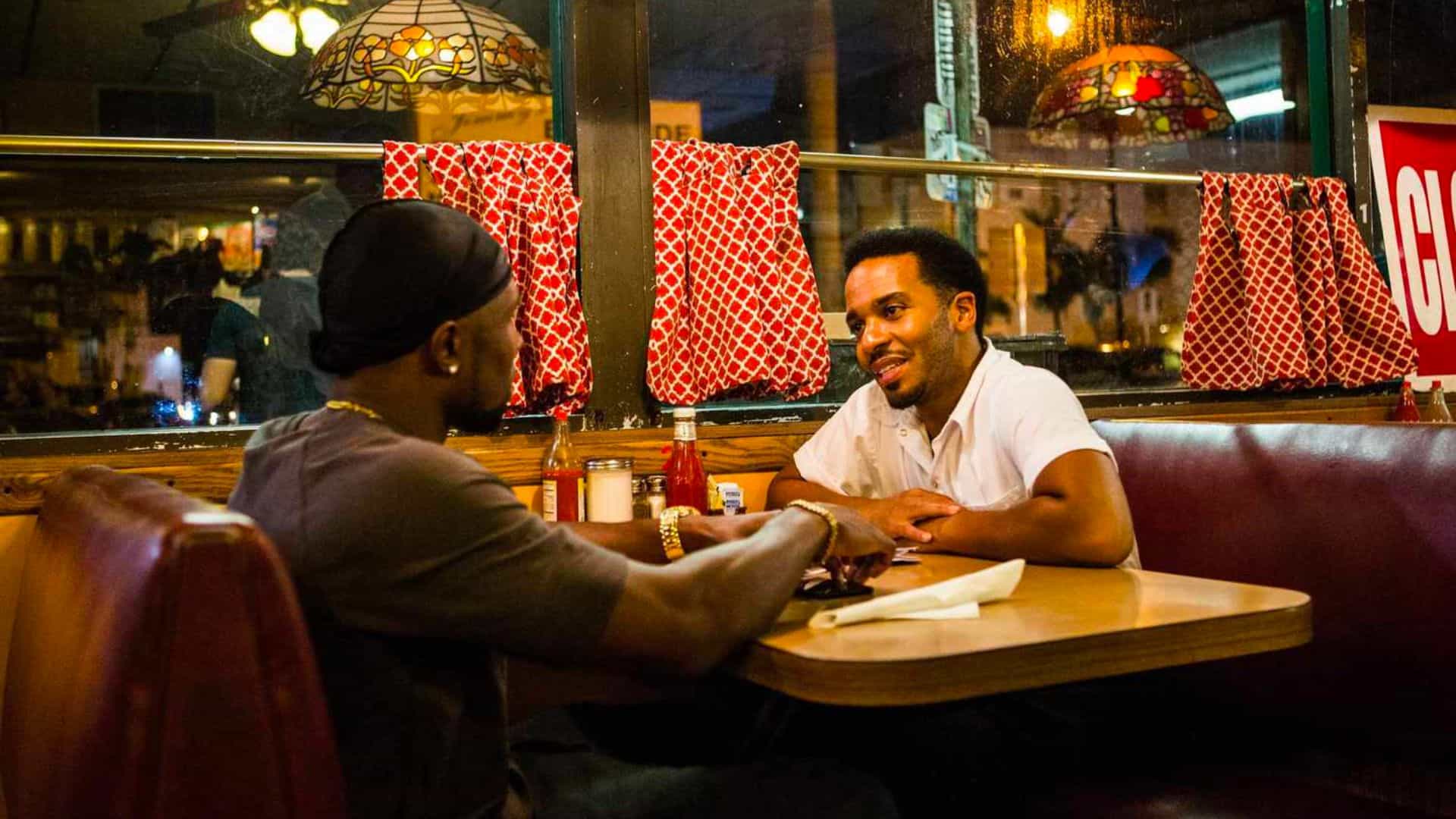
If you’ve seen your share of queer films or movies that feature LGBTQIA+ couples, then you’ve most likely noticed that these characters are plagued with tragedy. We see it all the time in movies like “Brokeback Mountain” and “My Policeman” and in TV shows like “The 100” and “Orange Is the New Black” — to the point where wondering “will they/won’t they?” usually refers to making it to the end credits.
The (over)use of tragedy in LGBTQIA+ stories isn’t just a pattern, it’s a full-on trope.
The “Bury Your Gays” trope first appeared in late-19th century media, with works that featured a same-gender couple with the relationship timeline of one lover dying and the other realizing they were never really gay, oftentimes finding comfort in the arms of a heterosexual partner.
Originally, the trope was used as a way for writers to spotlight gay characters without ruffling any legal or social feathers — particularly in times and places that shunned the endorsement of homosexuality — but there are plenty of recent series and movies that still lean on this crutch.
This isn’t to say that queer love stories have to have happy endings. It’s perfectly all right to have sad breakups or bittersweet separations, because at least these are endings. “Endings” that are decided by untimely death aren’t endings at all — they’re relationships and lives that are cut short and suspended, effectively making that character or relationship feel like a prop that moves the story along.
I’m sure there are stories out there where this isn’t done in a trope-y way, I’m just saying that we deserve to see more examples of fully fleshed-out LGBTQIA+ relationships that aren’t interrupted by death, self-hatred, or punishment.
Is that too much to ask for? No, definitely not, and here’s a list of 15 titles (plus some honorable mentions) that prove it.
‘Desert Hearts’ (1985)
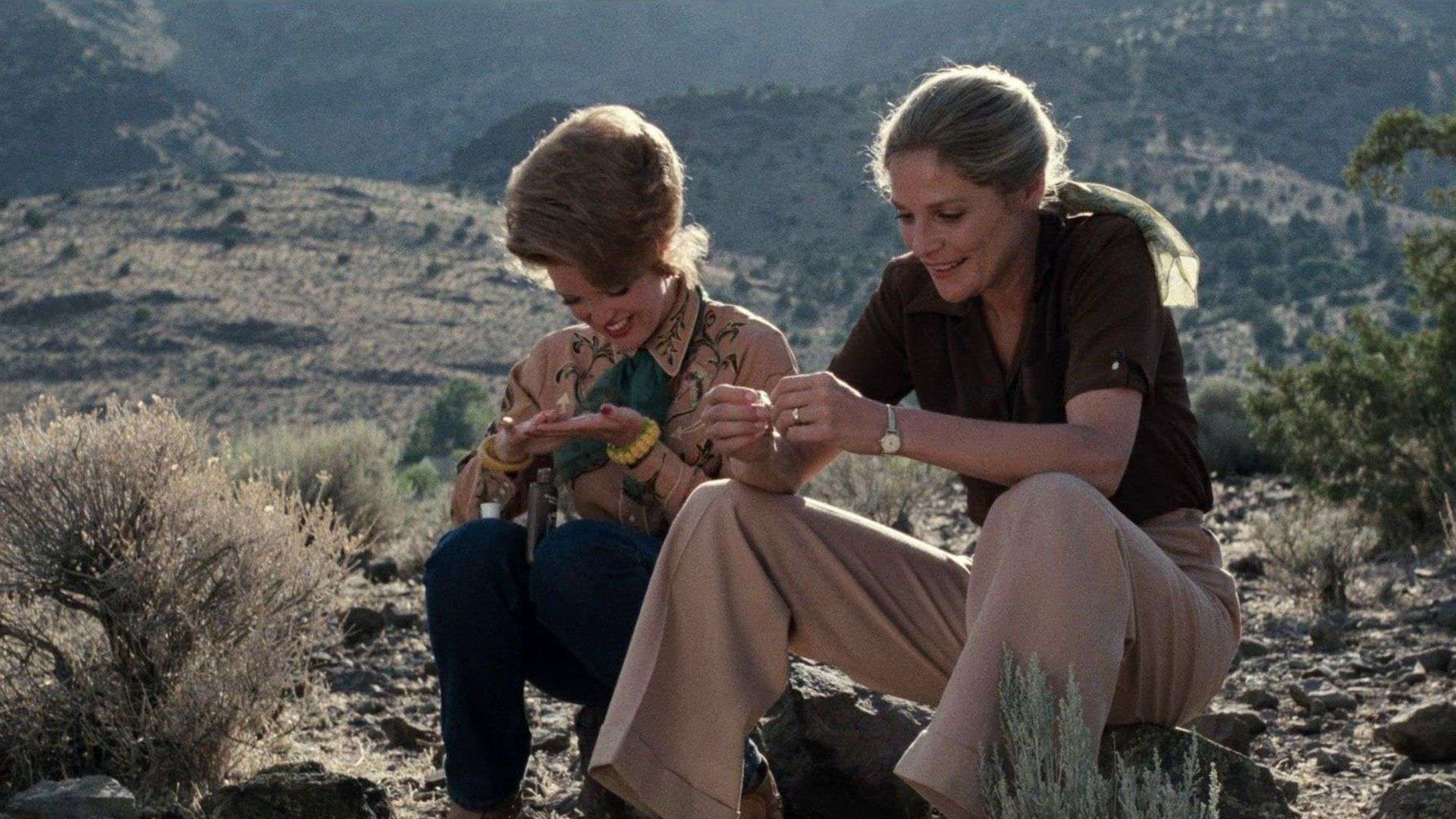
Set in 1959, a repressed New York professor (Helen Shaver) waits in Reno for her divorce papers, only to find herself in the midst of an unexpected affair with a free-spirited woman (Patricia Charbonneau). The film’s impact was palpable — it was one of the only movies of its time that featured two fleshed-out female characters whose attraction to each other wasn’t contested by a male character.
Stream “Desert Hearts” on Max.
‘Go Fish’ (1994)
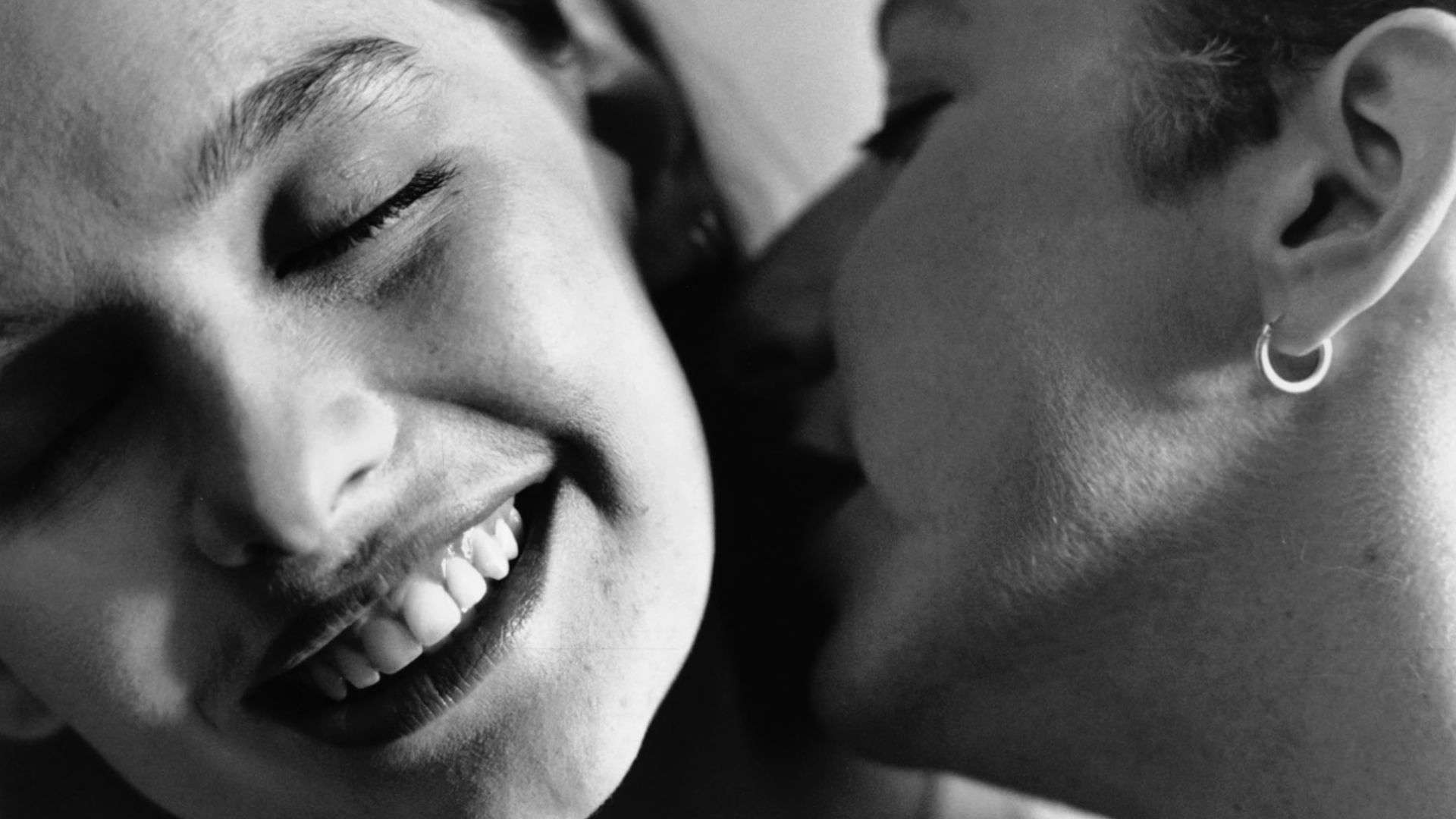
As part of the ’90s “New Queer Cinema” movement, “Go Fish” is a highly self-reflexive story that focuses on how queer women see themselves, portraying characters who are comfortable in their sexuality rather than tortured by it. After arriving in Chicago for school, Max (Guinevere Turner) develops a relationship with a slightly older woman named Ely (V.S. Brodie) — an attraction that causes issues with Max’s long-distance girlfriend. Meanwhile, Max’s roommate, Kia (T. Wendy McMillan), helps her girlfriend, Evy (Migdalia Melendez), who’s struggling with her home life.
‘Beautiful Thing’ (1996)
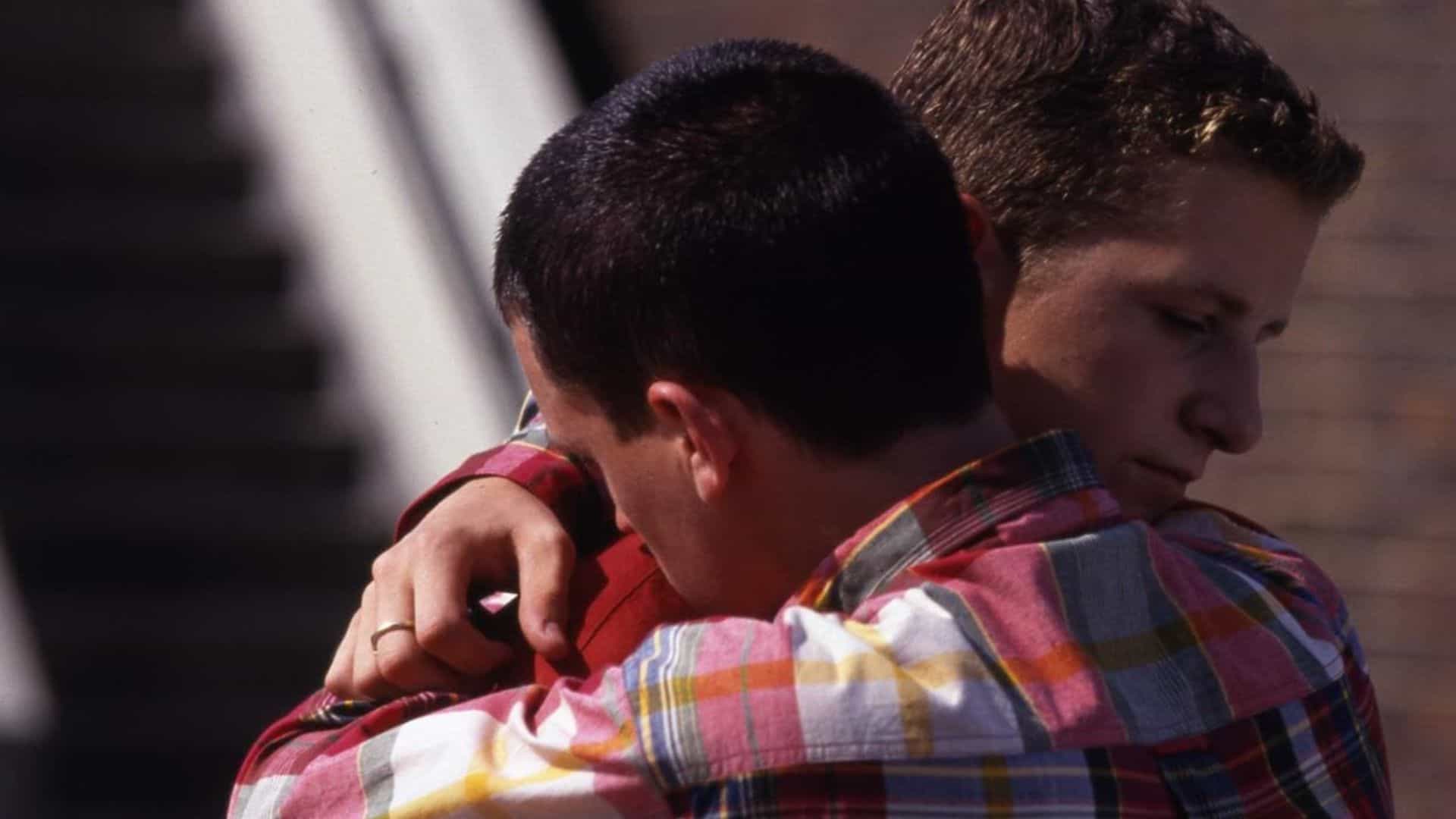
Set in the London Projects, “Beautiful Thing” follows Jamie (Glen Berry) and Ste (Scott Neal), two teens who discover their sexualities and personal identities through their togetherness. While there are plenty of sad moments in this story, this film has plenty of heart, joy, and pride, making it absolutely worth the watch.
‘Bound’ (1996)
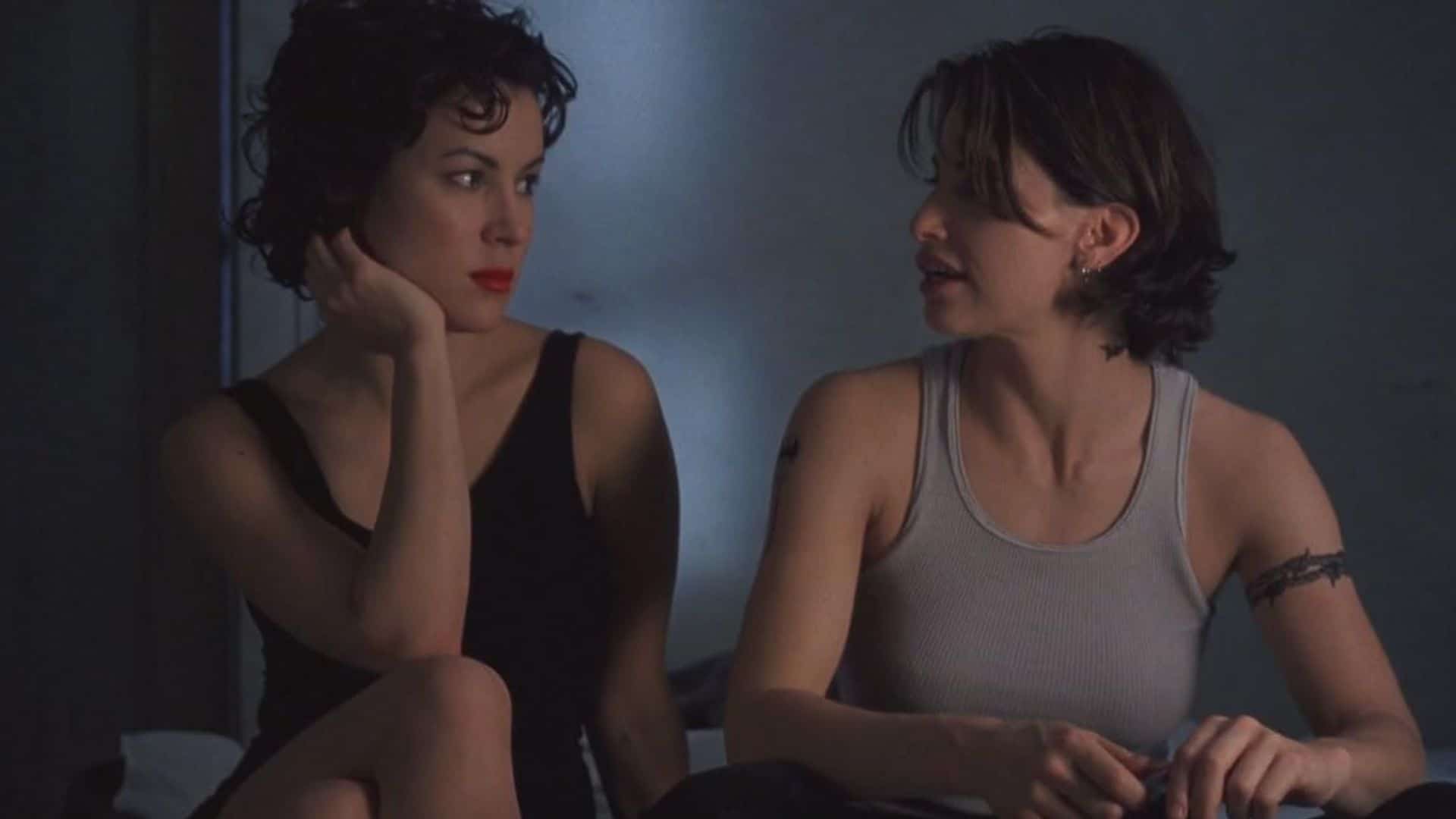
If you’re in the mood for a neo-noir thriller that could fit in with the Good For Her Cinematic Universe, add “Bound” to your watchlist. After starting a passionate affair, ex-con Corky (Gina Gershon) and Violet (Jennifer Tilly), the girlfriend of a violent mobster, hatch a plan to steal a hefty sum of money from the mob and (hopefully) escape without getting caught.
‘Saving Face’ (2004)
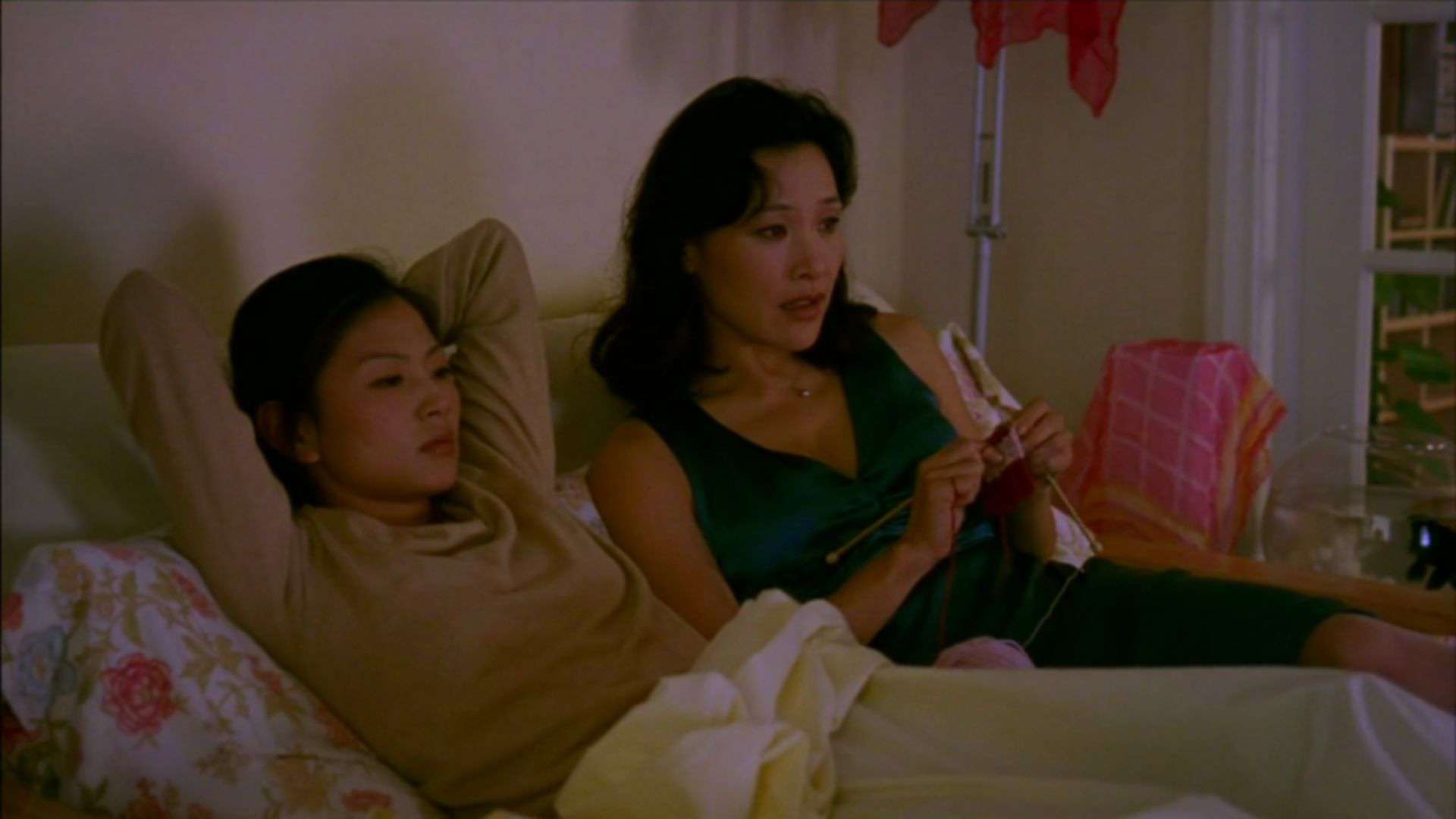
“Saving Face” follows the story of a mother and daughter both living secret, forbidden love lives that challenge their family’s traditional ideas. While the movie wasn’t necessarily a major box office hit at the time of its release, it’s celebrated to this day for its lasting impact on LGBTQIA+, AAPI, and feminist cinema.
‘I Can’t Think Straight’ (2008)

Is this the most riveting and poignant movie in LGBTQIA+ history? Absolutely not. Is it a fun, sexy story with a happy ending? Definitely. Based on Shamim Sarif’s book of the same title, “I Can’t Think Straight” is the story of an unexpected attraction between a soon-to-be-married Christian woman (Lisa Ray) and a Muslim woman (Sheetal Sheth) who are both in heterosexual relationships.
‘The Kids Are All Right’ (2010)

After being together for 20 years and raising two children together, married couple Nic (Annette Bening) and Jules (Julianne Moore) reluctantly form a relationship with their children’s sperm donor, Paul (Mark Ruffalo), after the kids get curious about their lineage. The film is celebrated for its exploration of commitment, sexuality, and the ever-changing nature of relationships within an unorthodox family structure. It’s beautiful, uplifting, and not afraid to make you cry.
‘Carol’

Remember how I said not all queer love stories have to have happy endings? While all the former titles on this list have been fun or hopeful, “Carol” doesn’t follow suit. Taking place in midcentury New York, “Carol” depicts a forbidden relationship between a mother in the midst of a divorce (Cate Blanchette) and an aspiring photographer (Rooney Mara). Don’t get me wrong, it’s a stunning film that’s worth the watch, just be prepared for Carol to make some hard decisions.
‘The Handmaiden’ (2016)

“The Handmaiden” follows an unassuming Sook-hee (Kim Tae-ri) as she is hired by a con man to pose as a handmaiden and defraud Lady Hideko (Kim Min-hee), a Japanese heiress. The film features a tangle of intertwining characters, each with their own search for love, power, and fortune — and all with a satisfying ending.
‘Moonlight’ (2016)
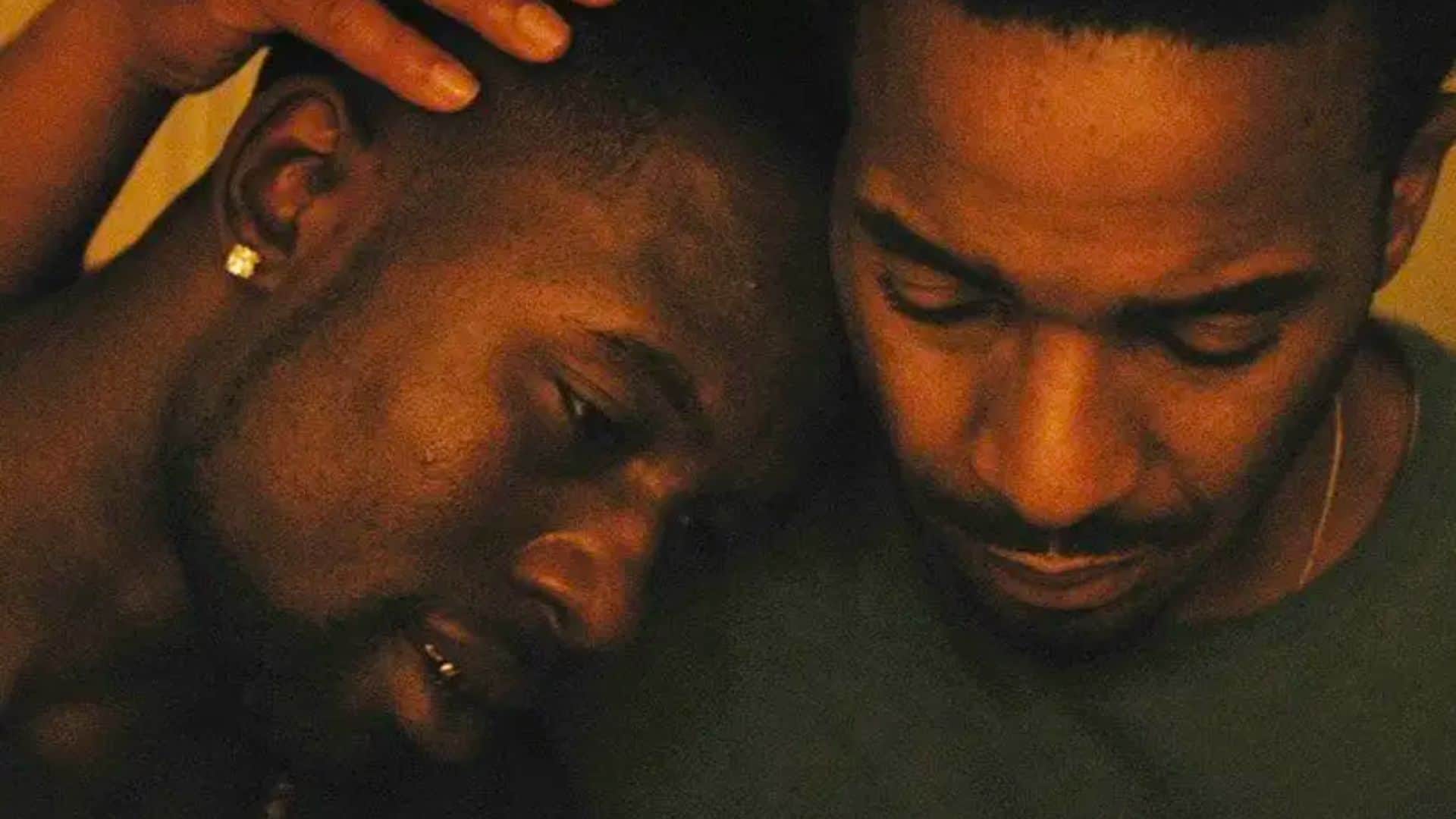
Told in three parts, “Moonlight” follows Chiron Harris (Alex Hibbert, Ashton Sanders, Trevante Rhodes) as he grows up and comes to terms with his sexuality. Aside from being a gorgeous, poignant movie, “Moonlight” is a paragon of queer cinema for its positive portrayal of gay Black males, a group that’s often underrepresented, ostracized, and subjected to the “Bury Your Gays” trope.
‘Call Me by Your Name’ (2017)
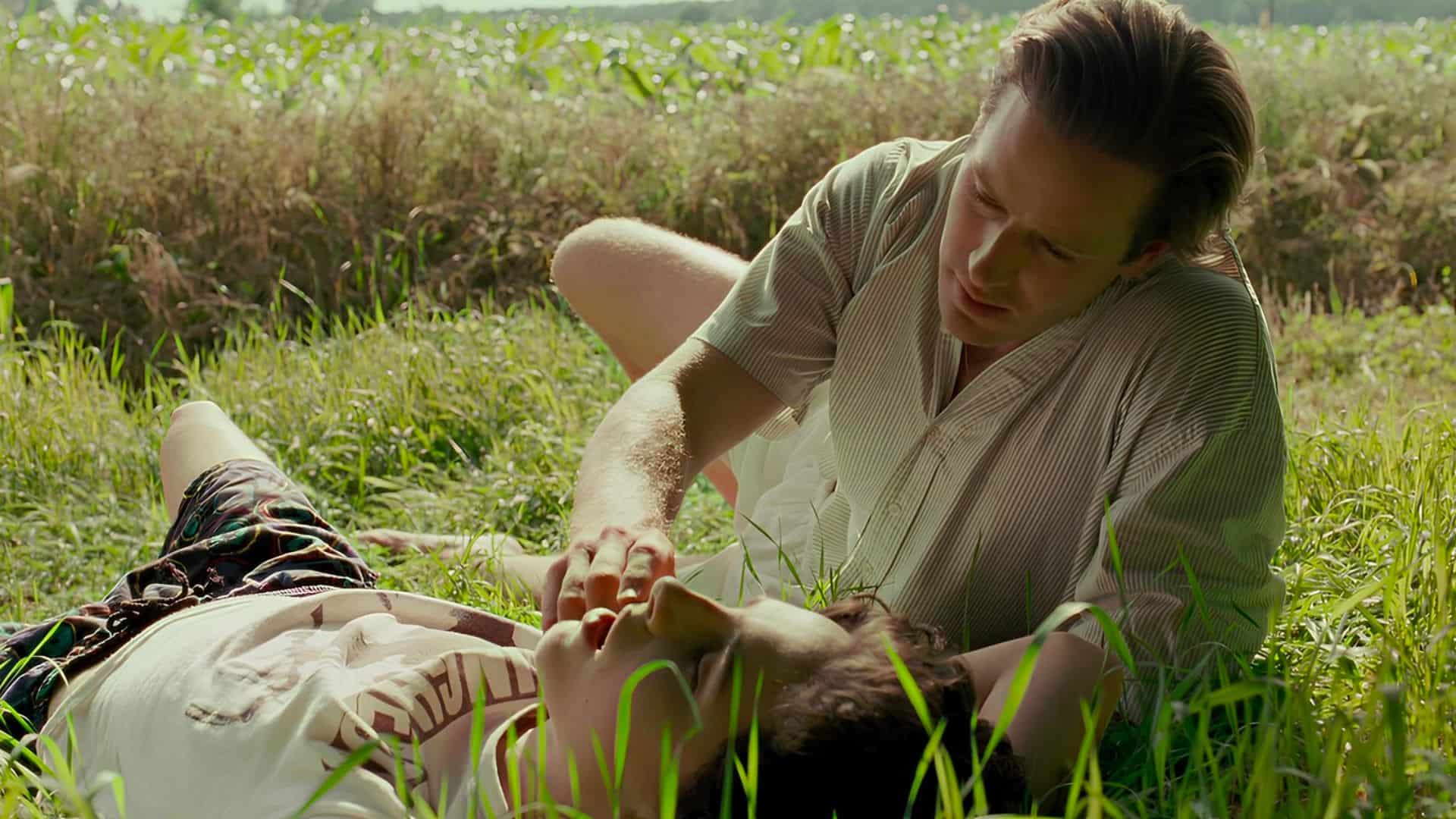
Upon visiting his family’s 17th-century Italian villa, 17-year-old Elio Perlman (Timothée Chalamet) develops a romantic relationship with his father’s intern, Oliver (Armie Hammer) during a short-lived but unforgettable summer. From the setting to the script, “Call Me by Your Name” is a gorgeous, bittersweet love story that serves as a reminder that there’s beauty in impermanence.
‘Portrait of a Lady on Fire’ (2019)
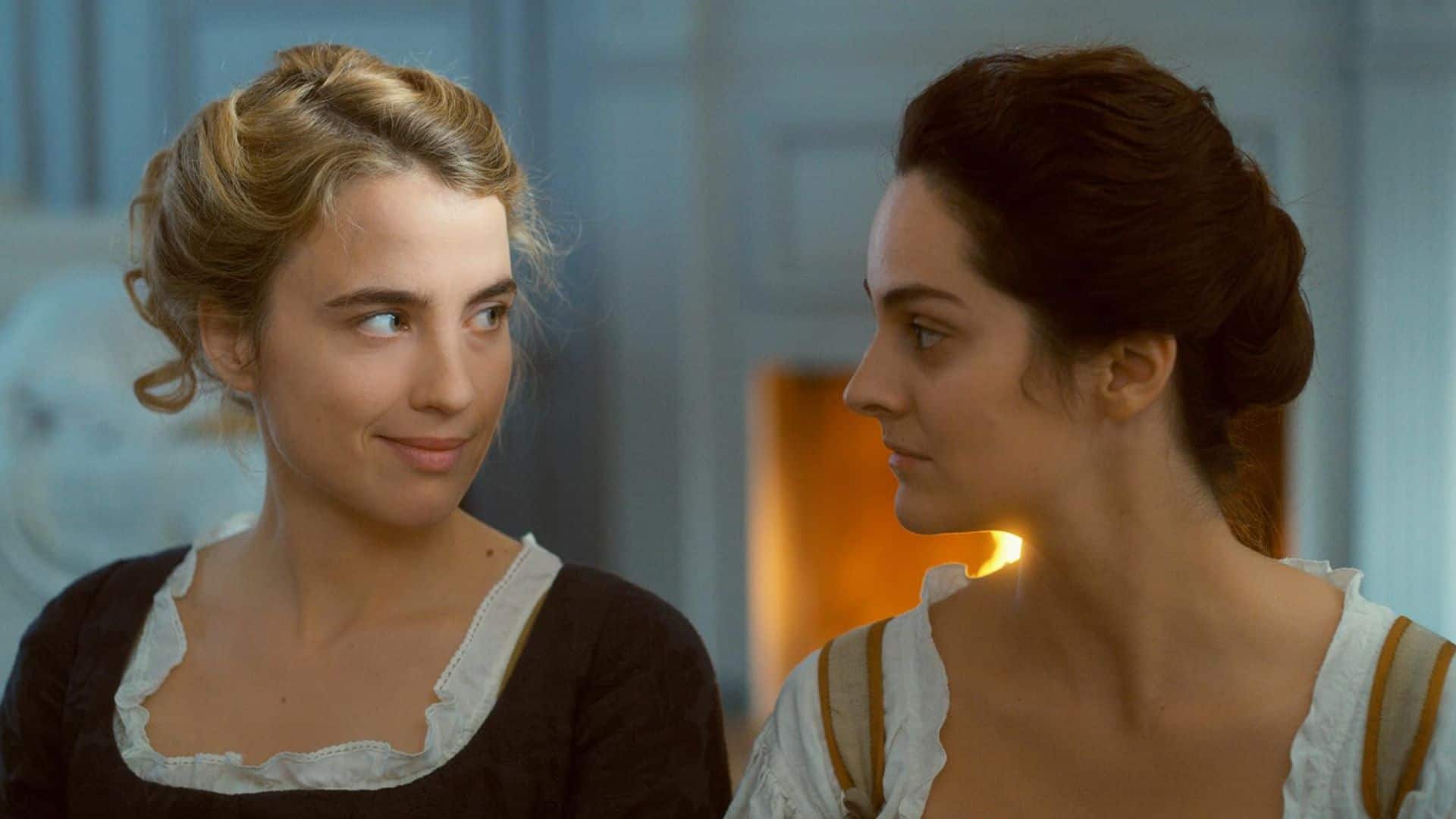
Set in France in 1770, a painter named Marianne (Noémie Merlant) has been commissioned to secretly paint Héloïse (Adèle Haenel), a begrudging bride-to-be, for her wedding portrait. In a time and place where oppressive, patriarchal standards were the norm, these two female characters find power and meaning from their isolation, resulting in a striking, compelling, and touching story of lesbian romance.
‘Ammonite’
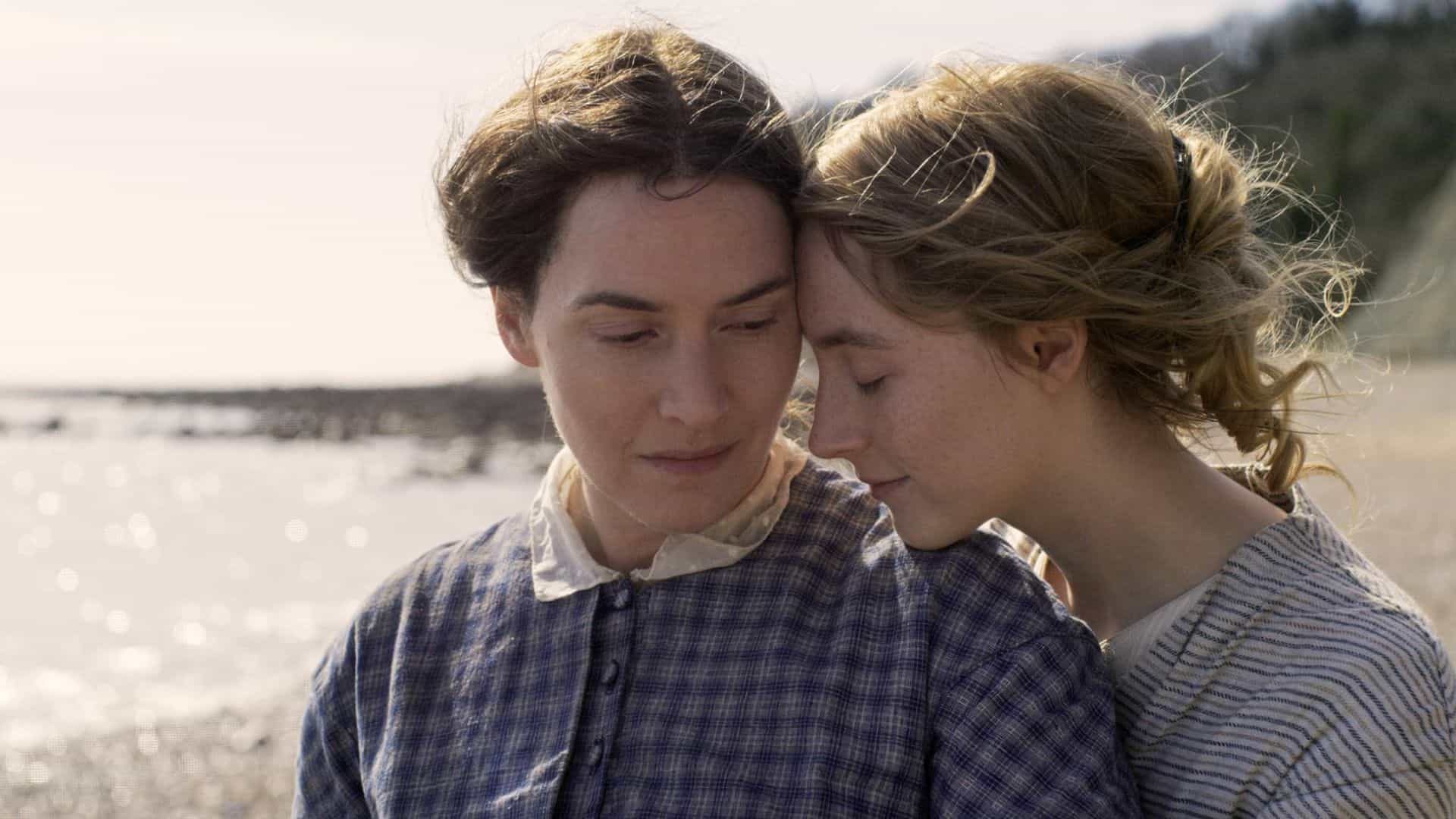
In case you want another Sapphic period drama on your watchlist, I recommend queuing up “Ammonite,” a (partly true) story that follows two women in their pursuit of romance and science. Inspired by the life of 19th-century fossil hunter Mary Anning, “Ammonite” features stellar performances from Kate Winslet and Saoirse Ronan. Much like “Portrait of a Lady on Fire,” this film also grants the couple a reprieve from men.
‘Uncle Frank’ (2020)

You’ve been warned: “Uncle Frank” had my partner and me in tears — both of joy and grief. The story follows a gay professor, Frank (Paul Bettany), who struggles with his past and his strained relationship with his family. While “Uncle Frank” isn’t void of tragedy, the story focuses on healing and coming out on the other side of tragedy and trauma — plus, Frank’s relationship with longtime partner Wally (Peter Macdissi) is a tender and realistic example of queer love.
‘Fire Island’ (2022)

Let’s end this list with a rom-com, shall we? Following a parallel storyline to Jane Austen’s “Pride and Prejudice,” this film follows a group of friends whose chosen-family bonds are tested during an annual trip to Fire Island. While “Fire Island” is full of gay archetypes, it’s also a celebration of the diversity within gay culture. It’s smart, it’s sexy, it’s got a Bowen Yang rendition of Britney Spears’ “Sometimes” — what more do you need?
Honorable Mentions
- “Show Me Love” (1998): Rent or buy on Amazon Prime Video
- “But I’m a Cheerleader” (1999): Stream on Tubi
- “Imagine Me & You” (2006): Rent or buy on Amazon Prime Video
- “Boy Meets Girl” (2014): Stream on tubiTV
- “Being 17” (2016): Stream on Amazon Prime Video
- “God’s Own Country” (2017): Stream on tubiTV
- “Love, Simon” (2018): Stream on Hulu
- “Summerland” (2020): Stream on Apple TV Plus
